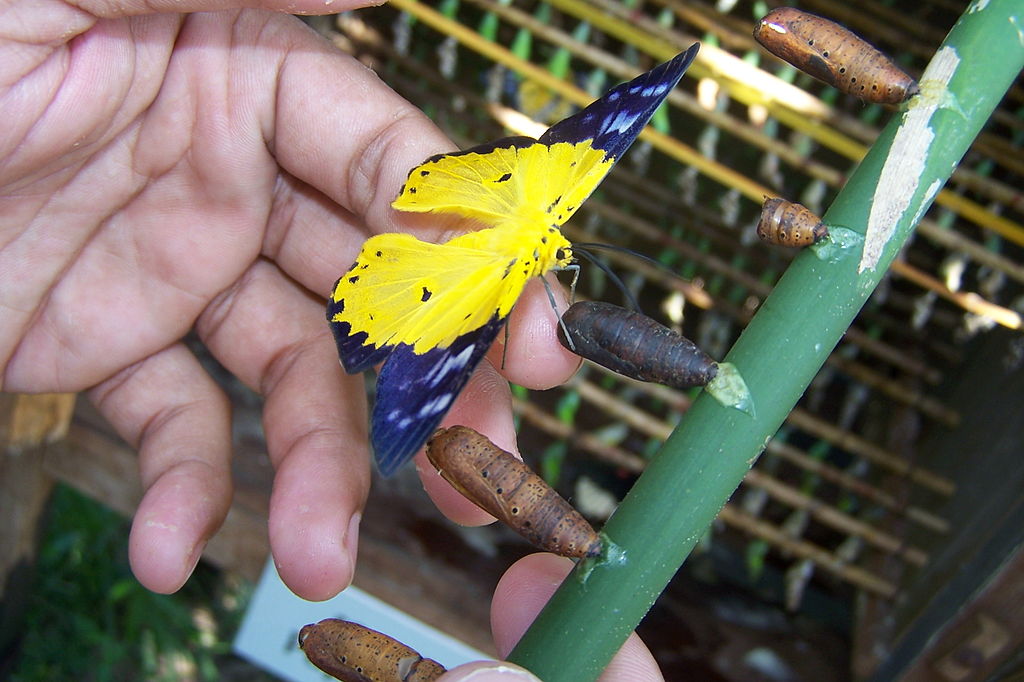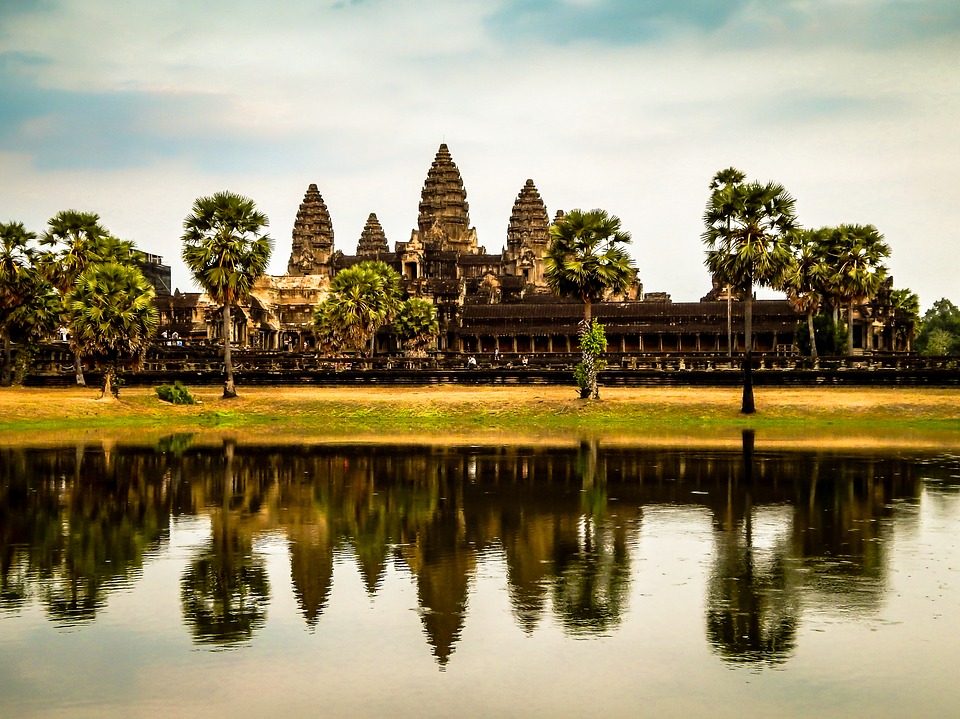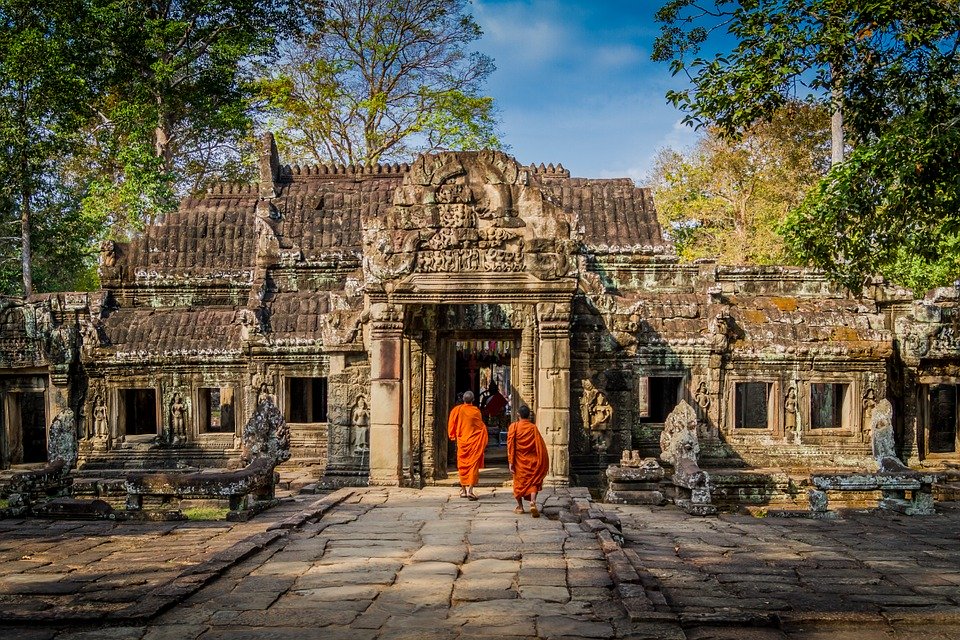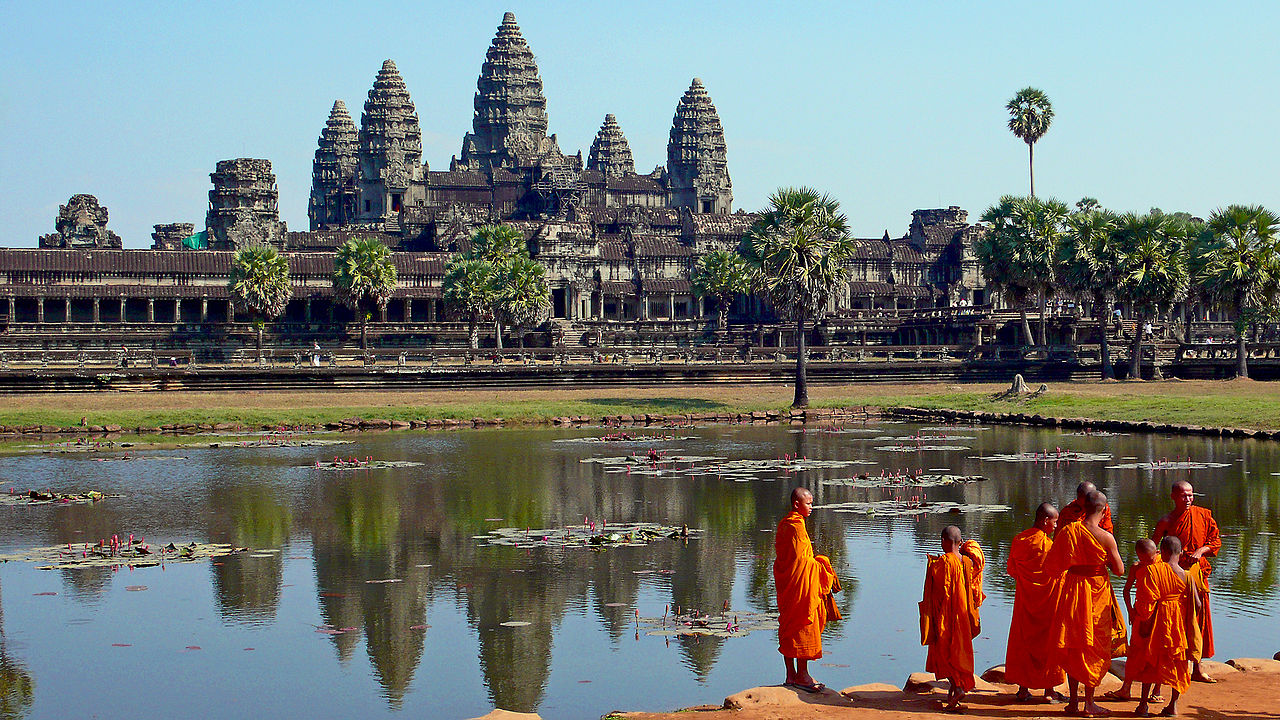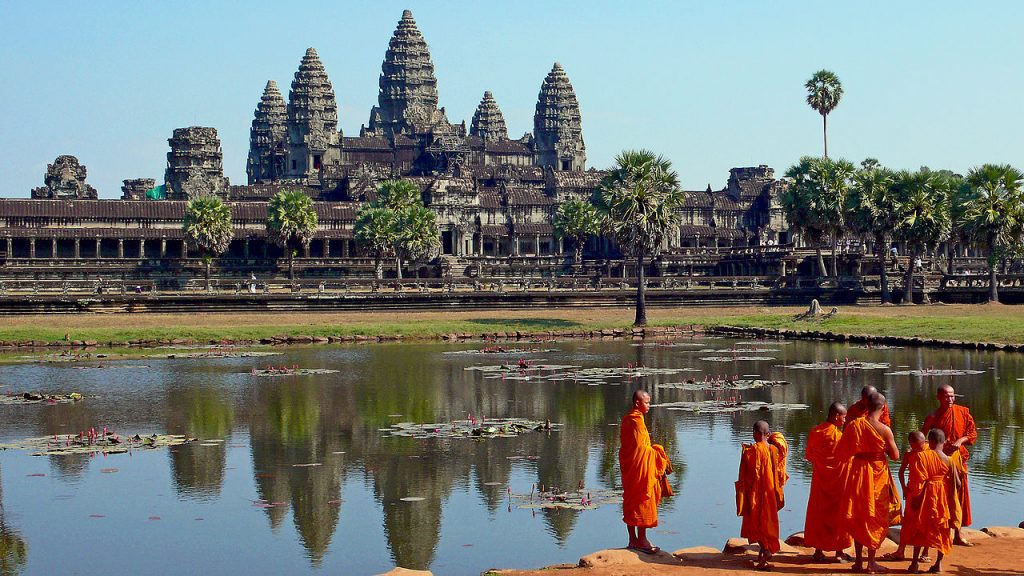Siem Reap, Cambodia, is a gateway to the magnificent Angkor Wat temples. But beyond these architectural wonders lie hidden gems waiting to be explored by foot. Here’s a glimpse into some of the top trekking destinations near Siem Reap.
Kulen Mountain Waterfall Trek

Escape the hustle and bustle with a trek to Kulen Mountain National Park. Hike through lush rainforests, encountering hidden waterfalls and refreshing pools. The cascading Kulen Waterfall, a centrepiece of the trek, offers a chance to cool off and soak in the beauty of nature. This moderate trek is perfect for those seeking a scenic escape close to a hotel in Siem Reap the likes of FCC Angkor Siem Reap.
Beng Mealea
For the adventurous soul, a trek to Beng Mealea, an ancient temple complex, offers a glimpse into forgotten history. This “abandoned Angkor” is shrouded in mystery, overgrown by jungle and teeming with wildlife. The challenging trek rewards you with the sight of a captivating temple complex, untouched by extensive restoration efforts.
Explore Local Villages and Farmlands
Immerse yourself in Cambodian culture with a trek through traditional villages and farmlands. Witness the rural way of life, interact with friendly locals, and learn about their customs and traditions. This easy-to-moderate trek offers a chance to appreciate the beauty of the Cambodian countryside and connect with its people.
Combine Trekking with Wildlife Watching
For nature enthusiasts, a trek through Phnom Krom offers a unique combination of adventure and wildlife spotting. Hike through dense forests, keeping an eye out for gibbons, hornbills, and other fascinating creatures. This moderate trek culminates in breathtaking views of the surrounding landscapes, making it a truly rewarding experience.

